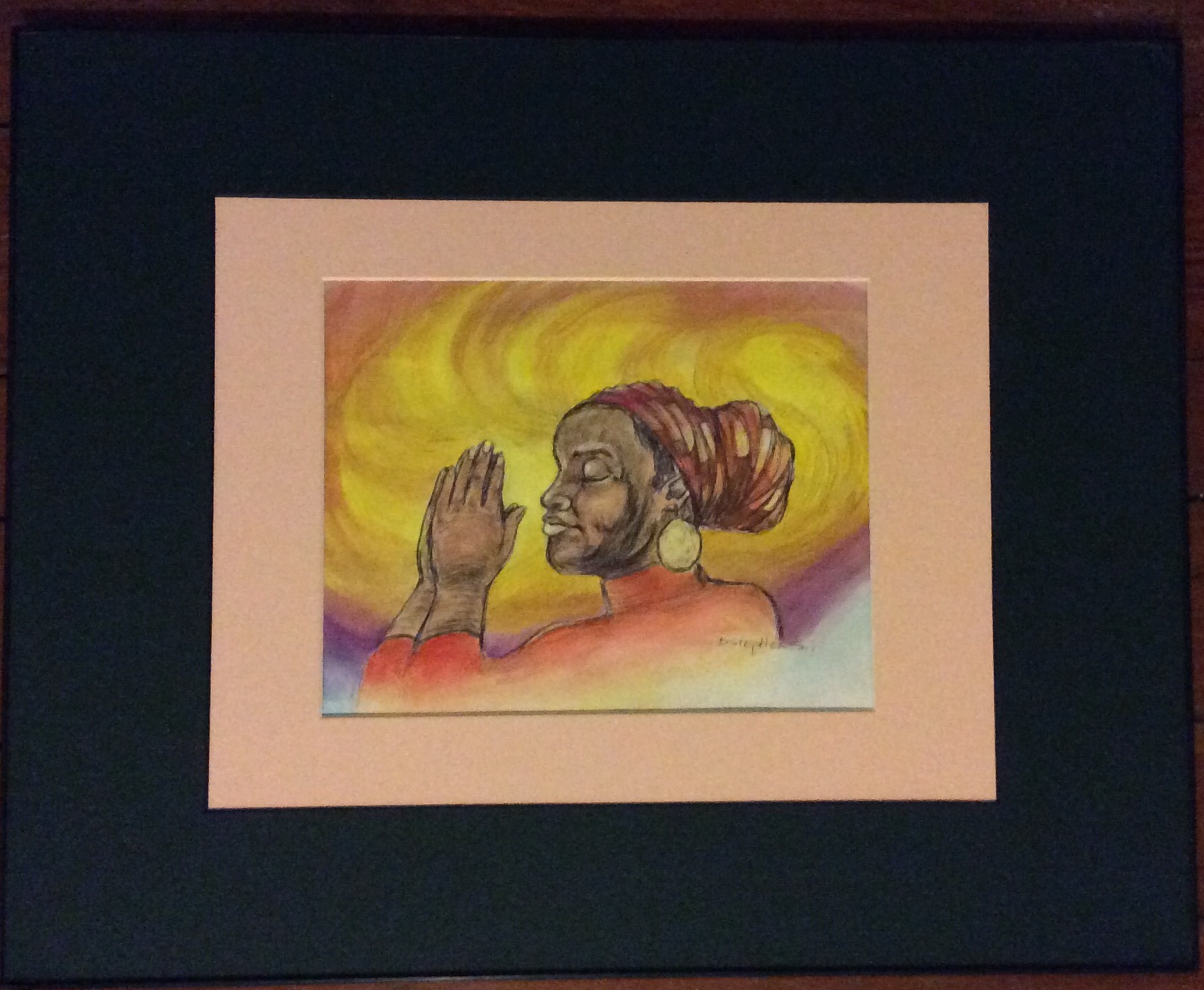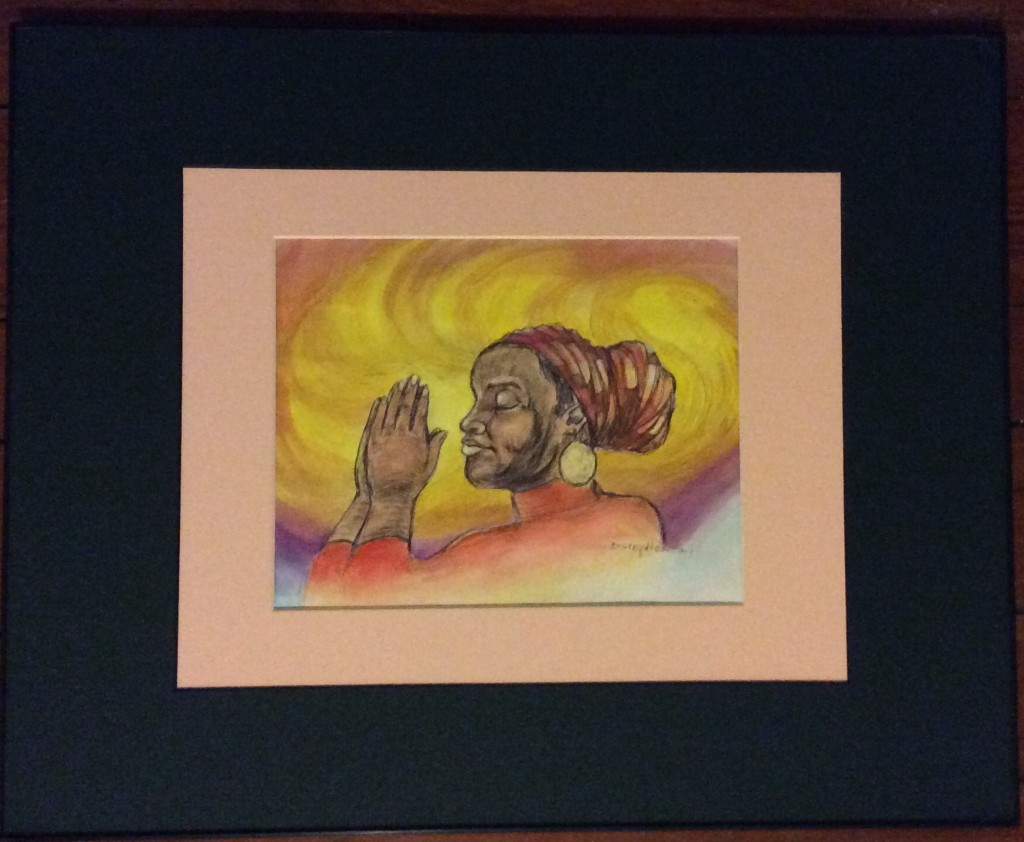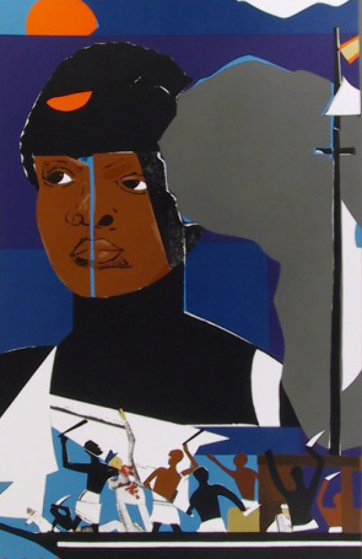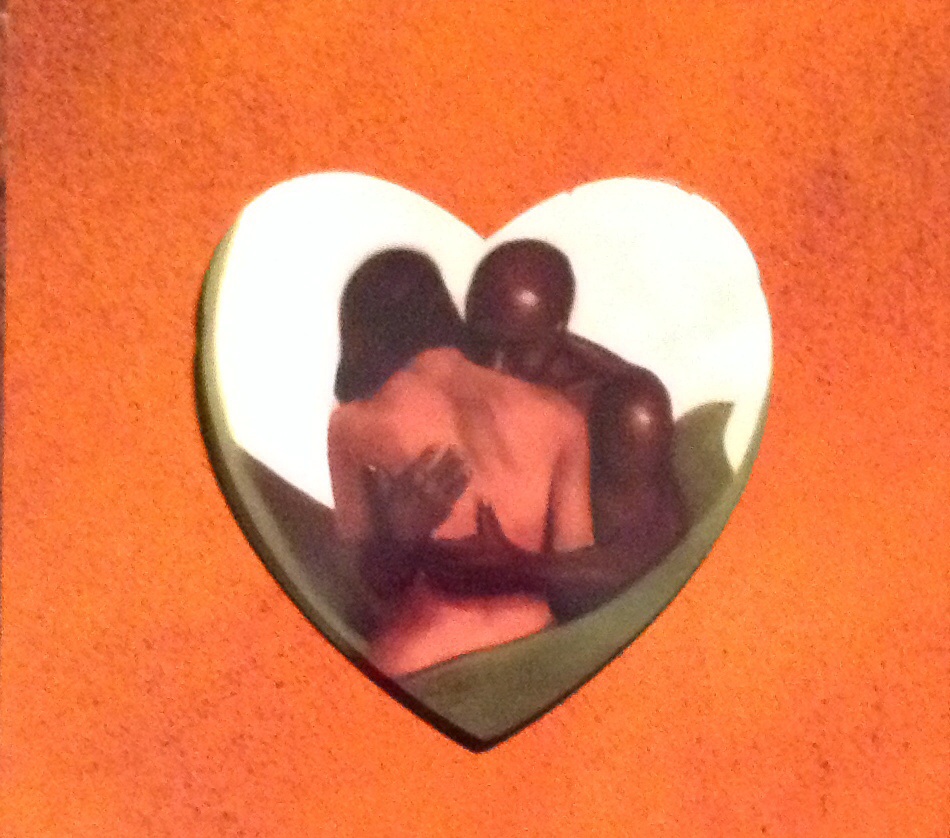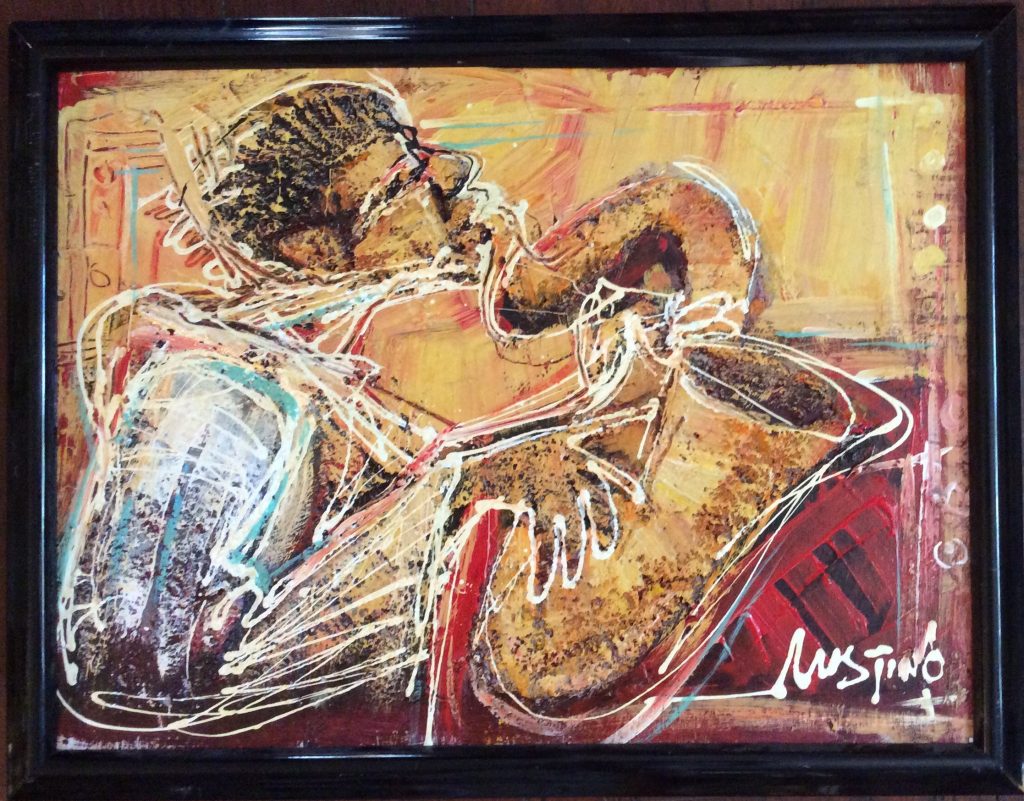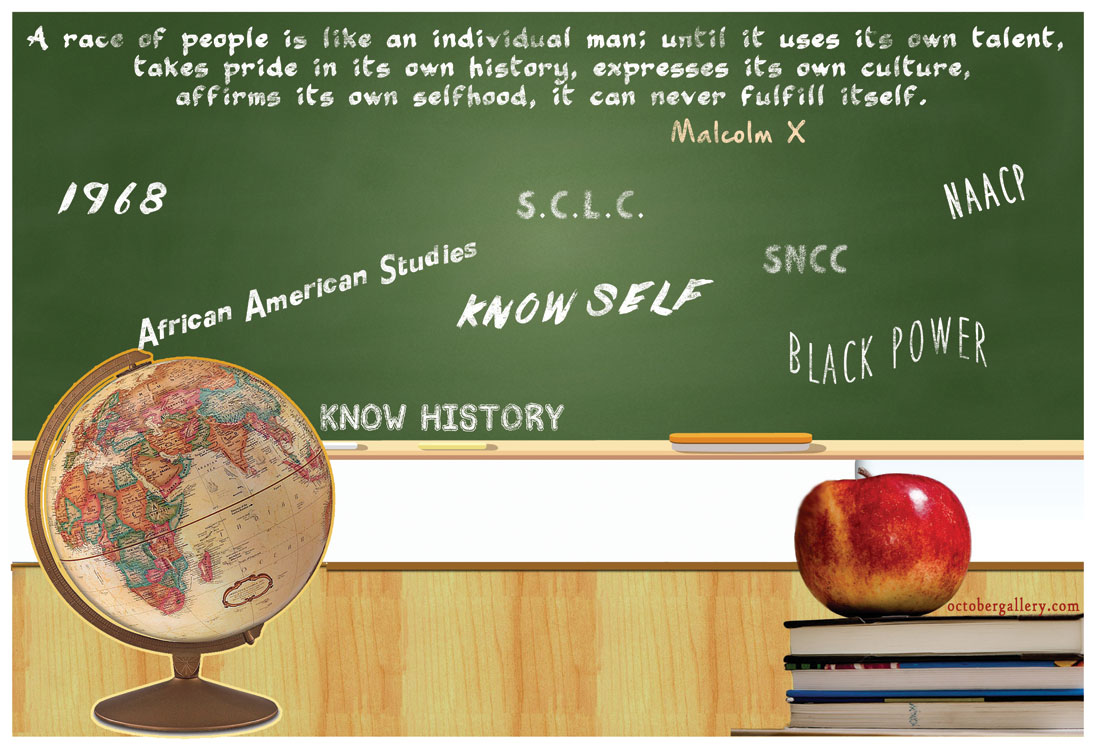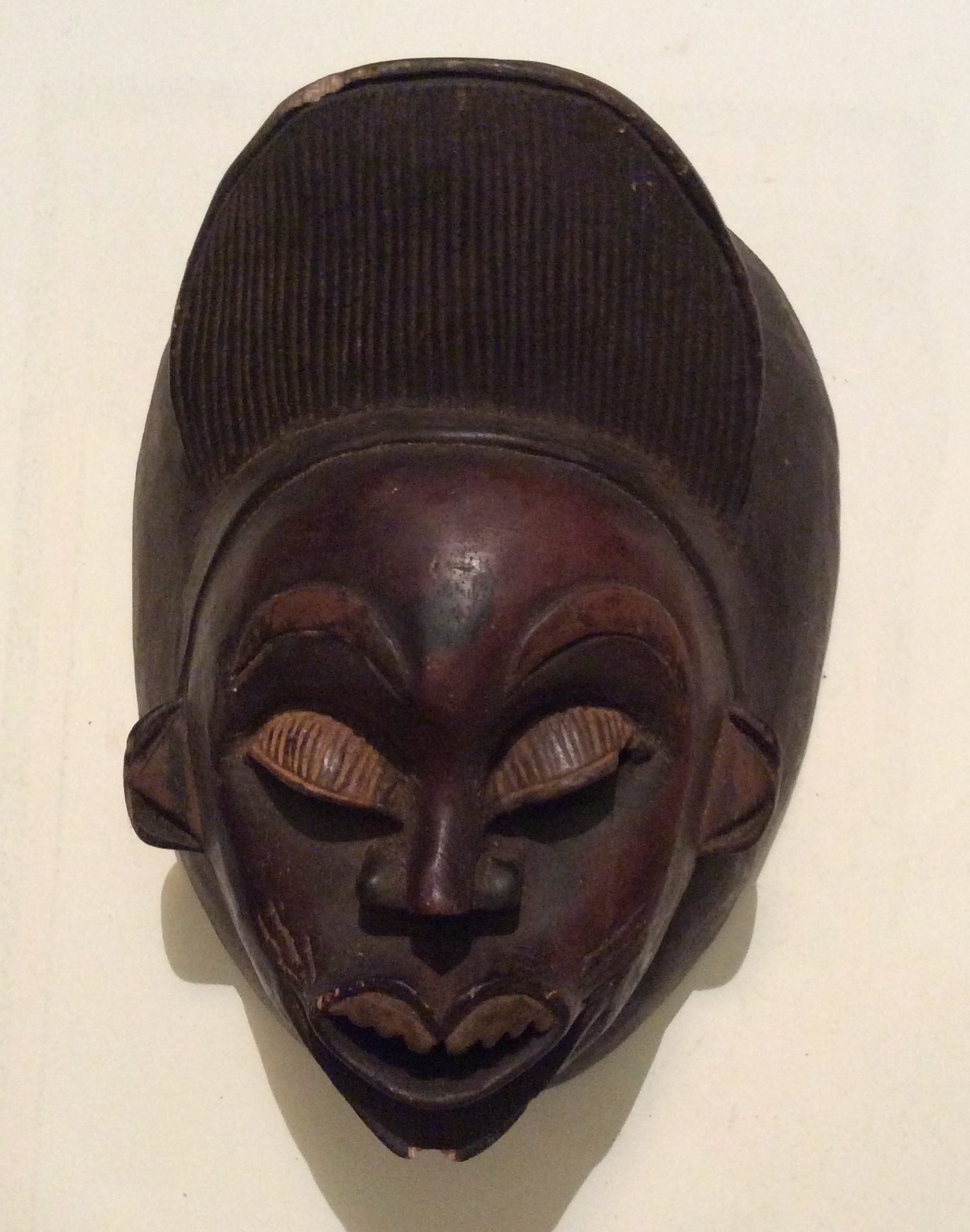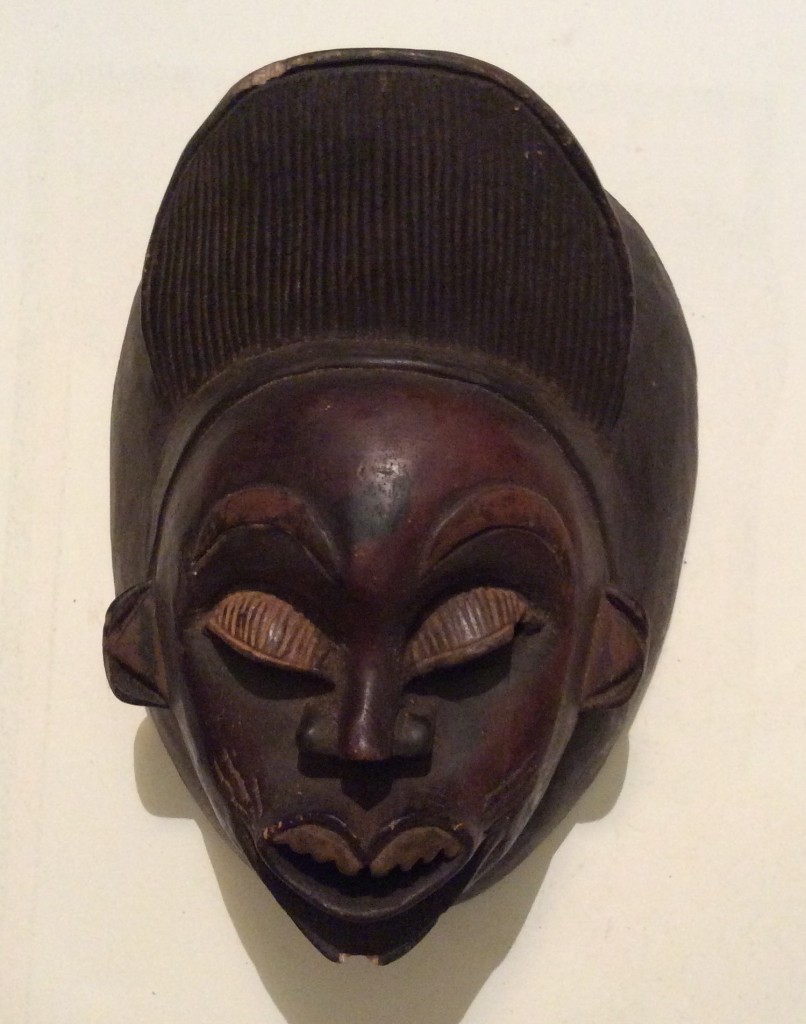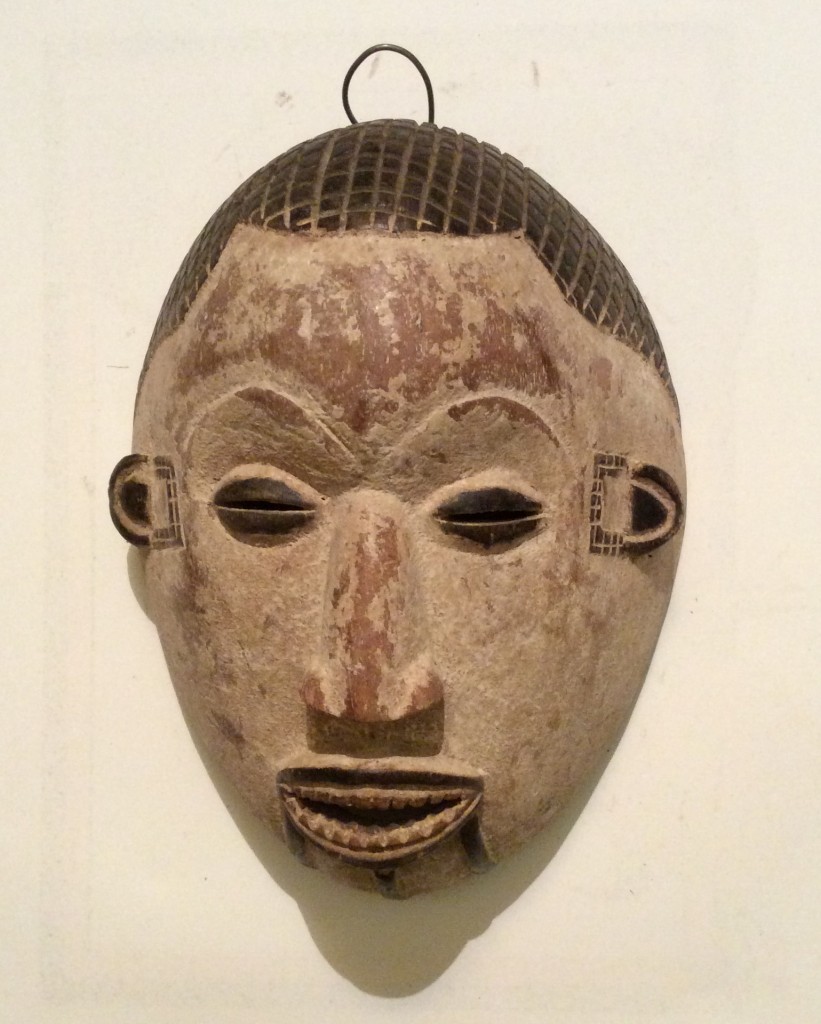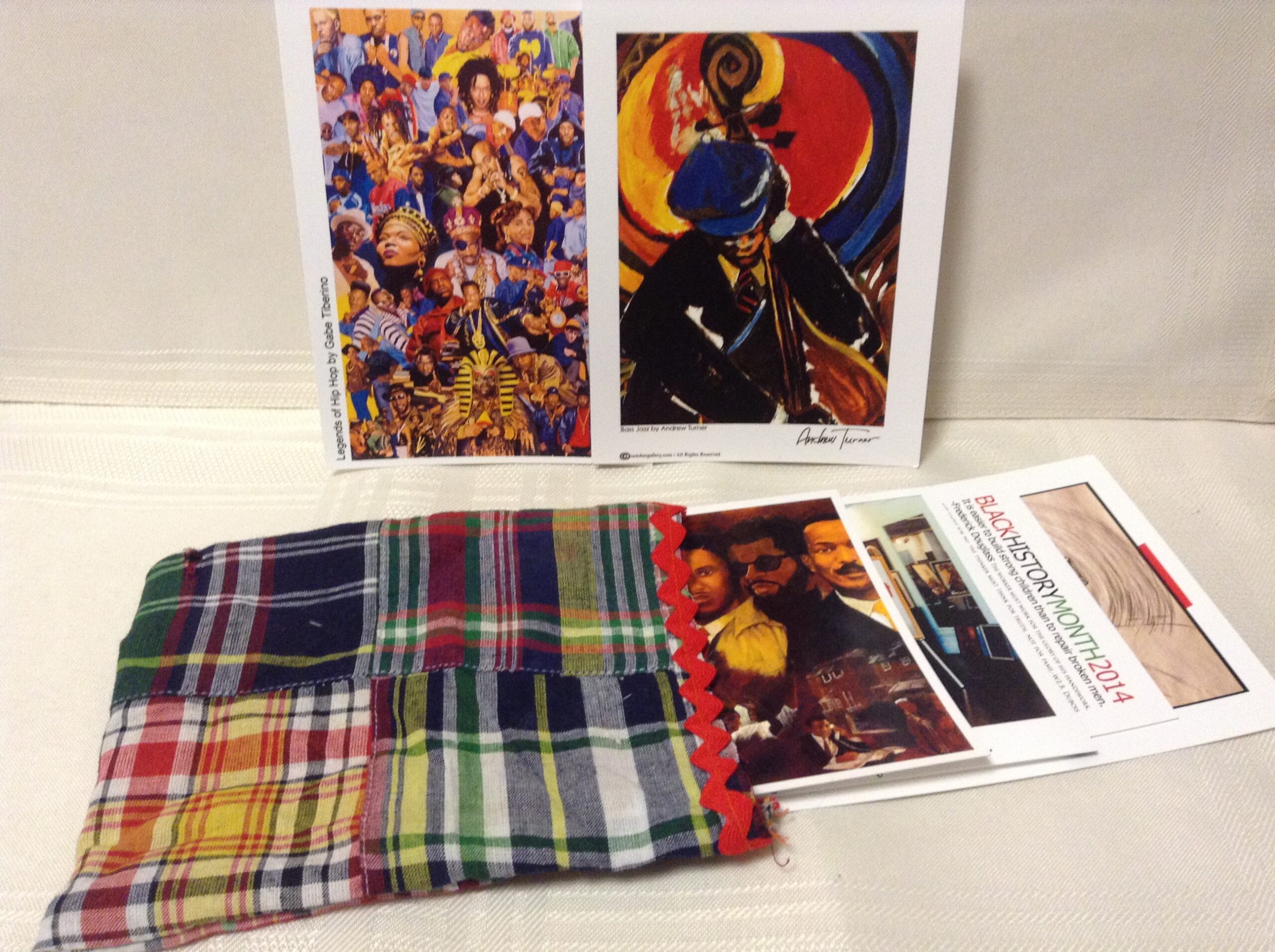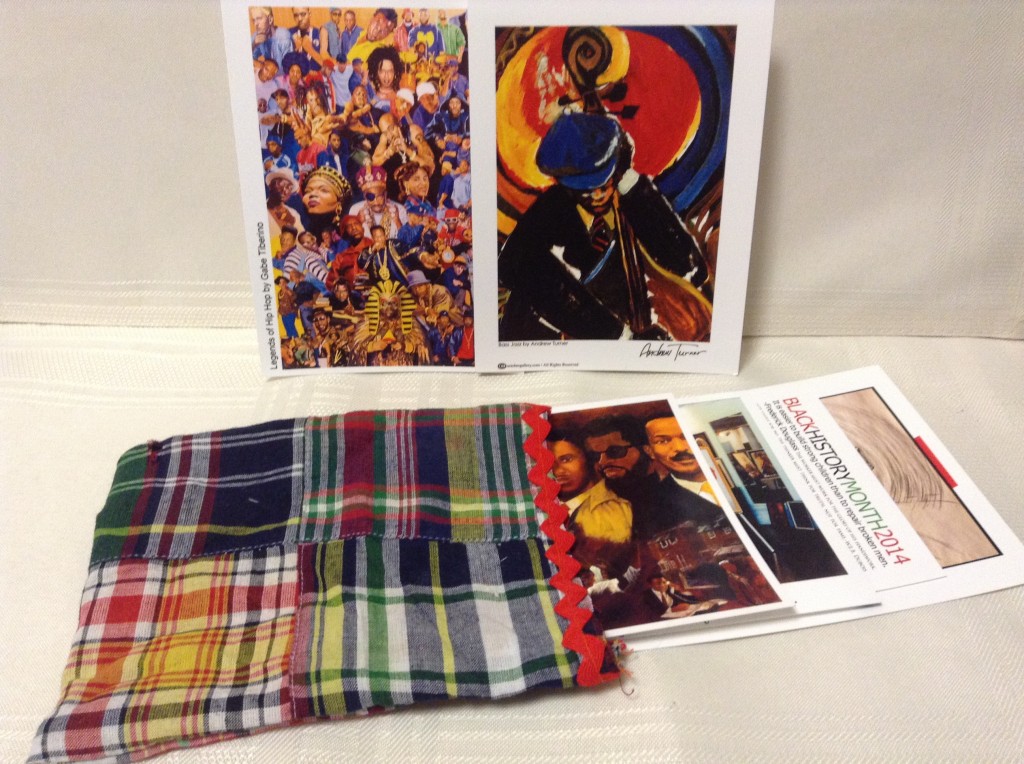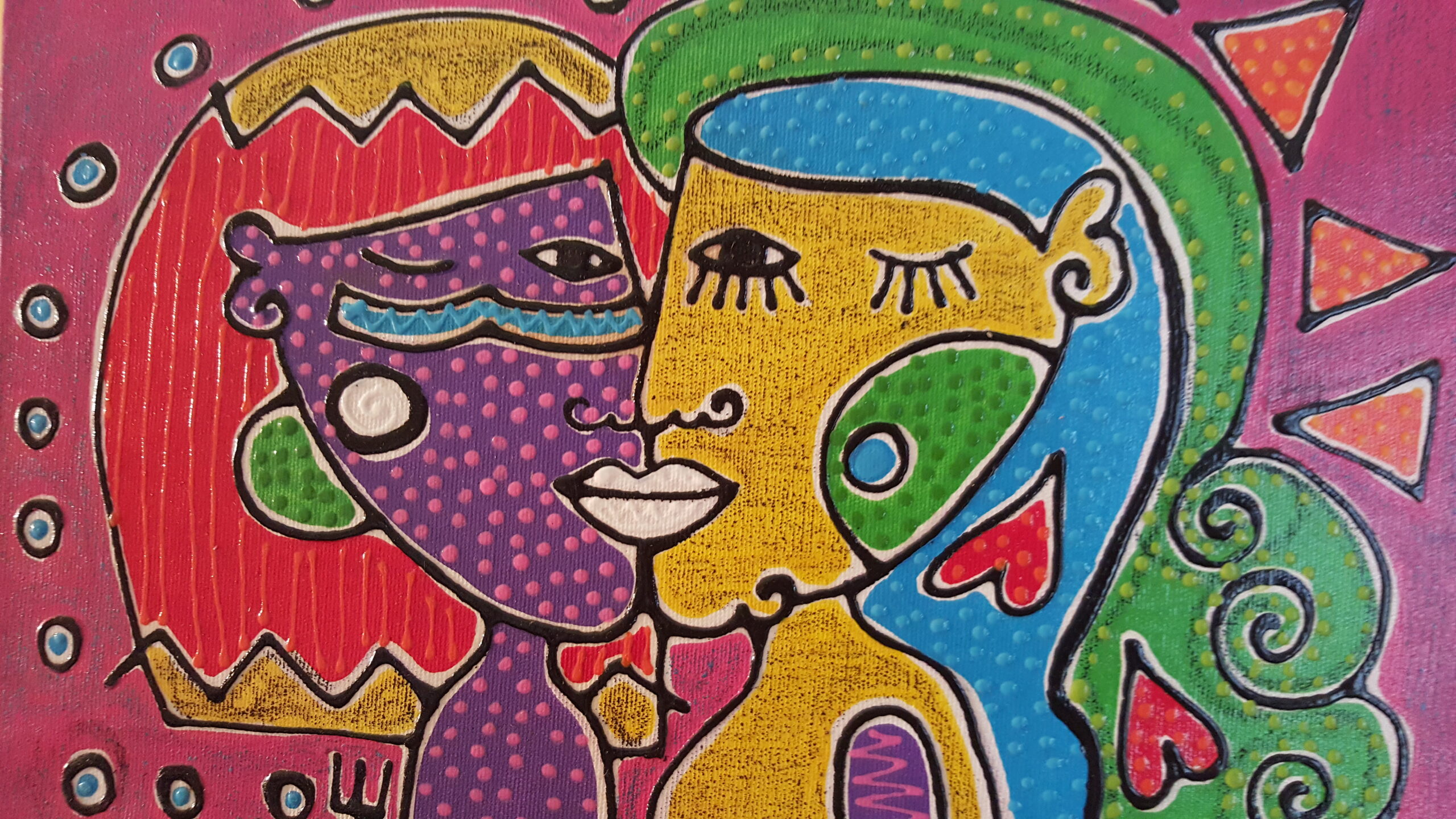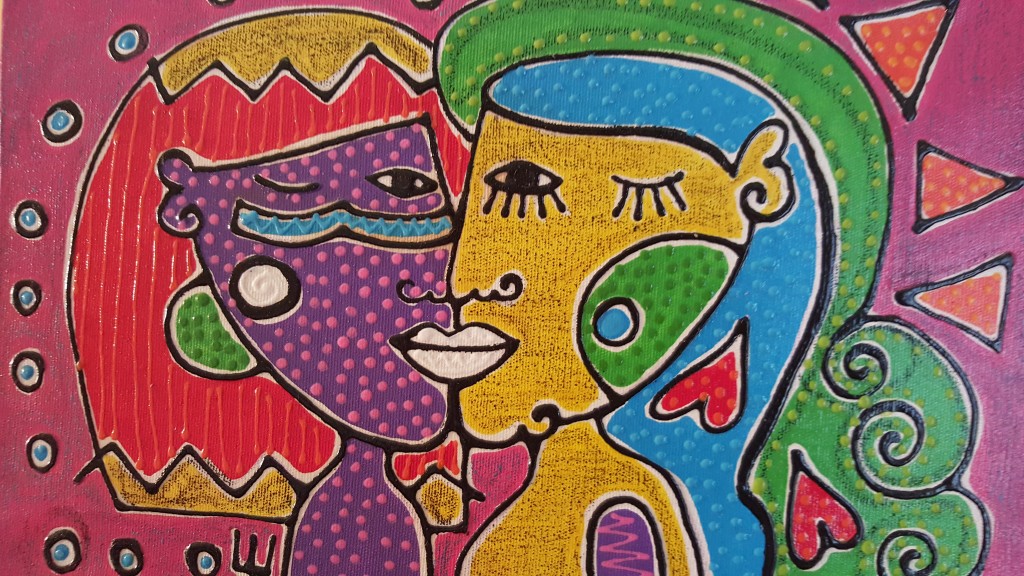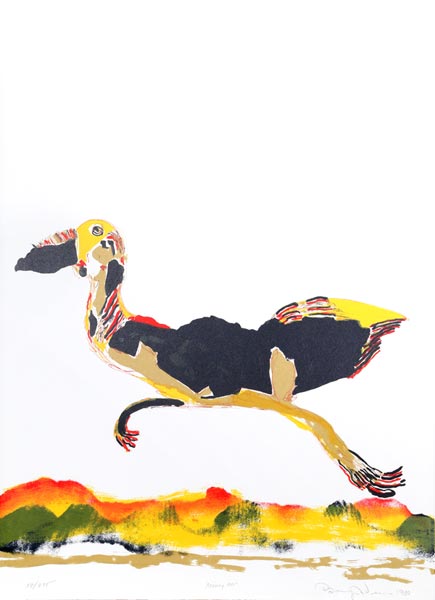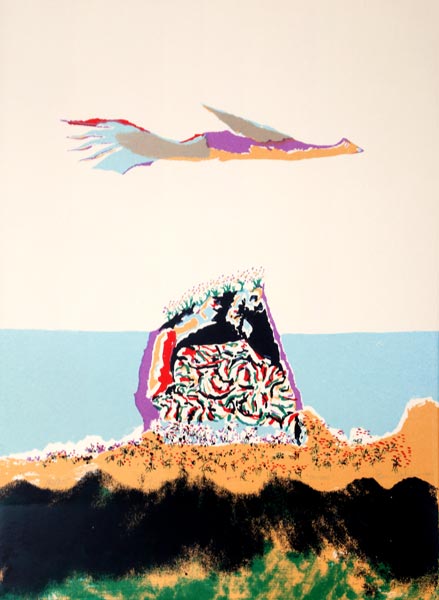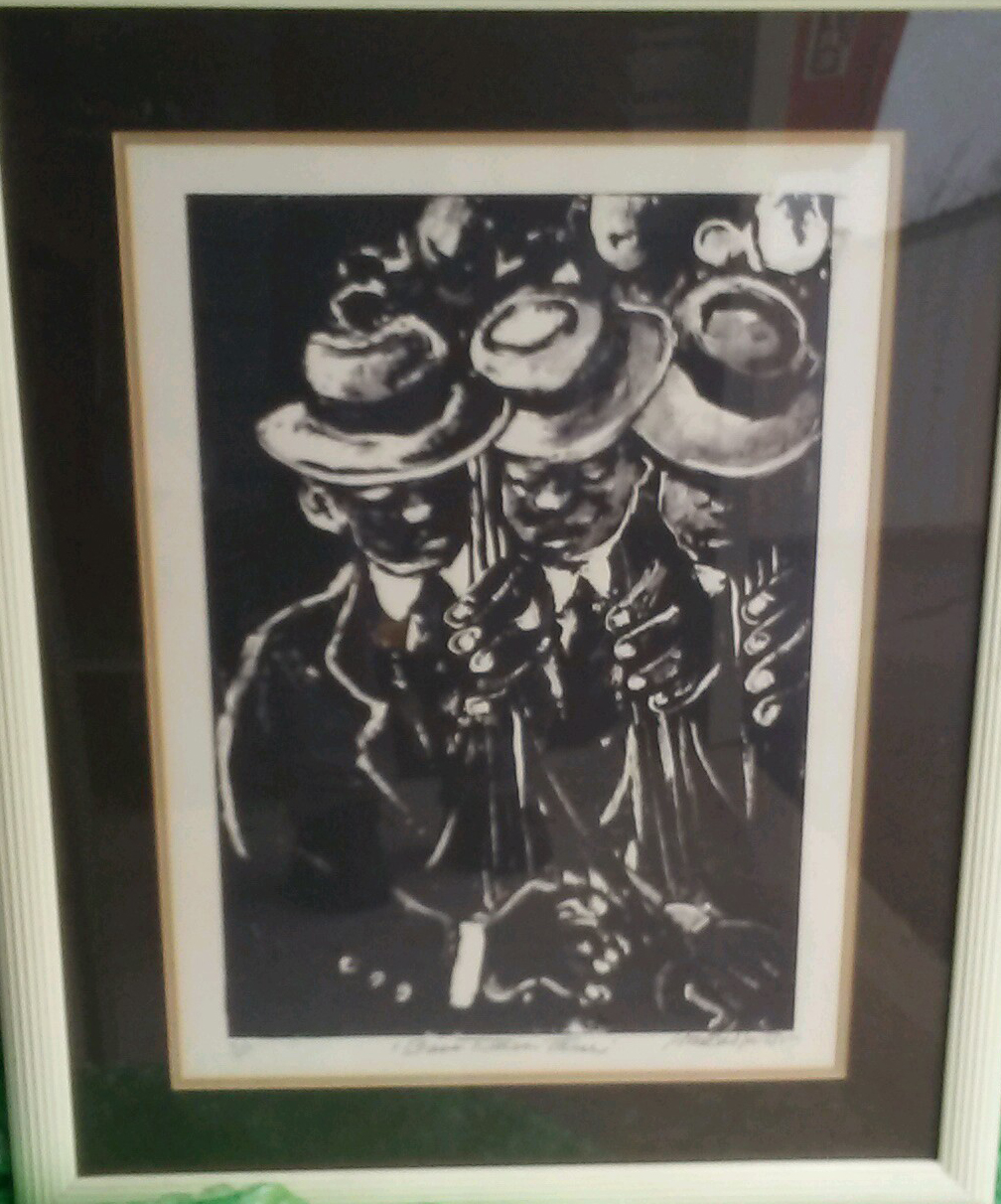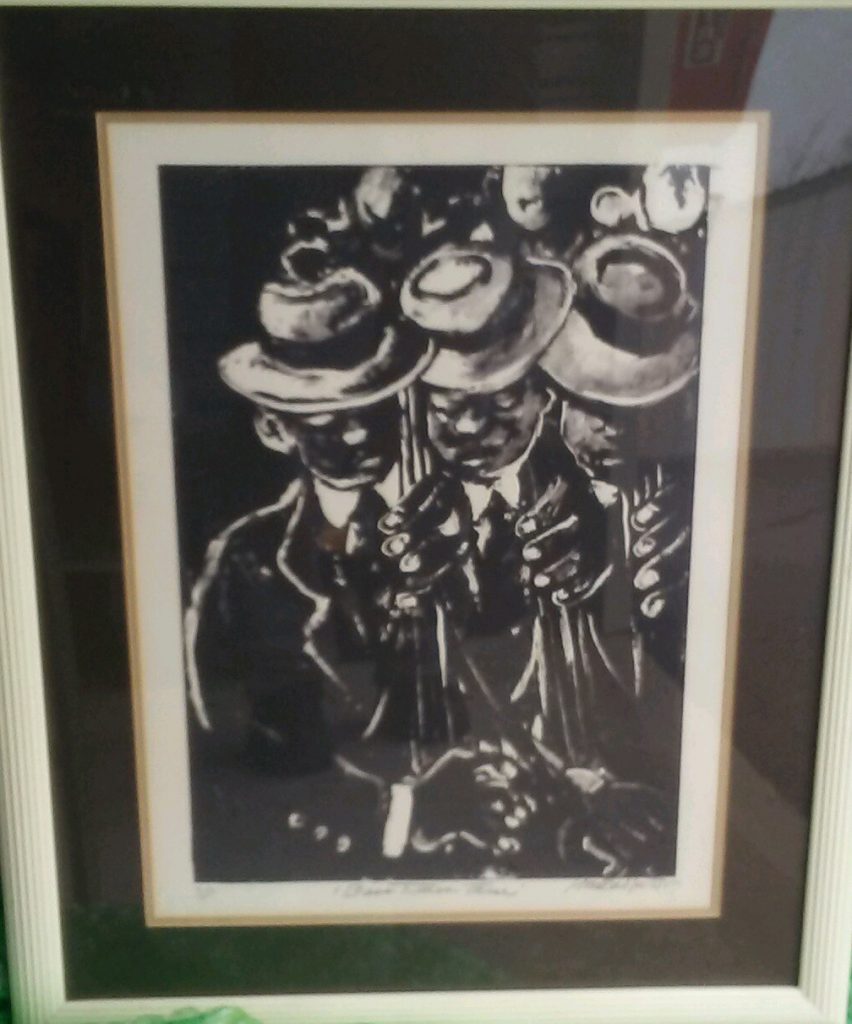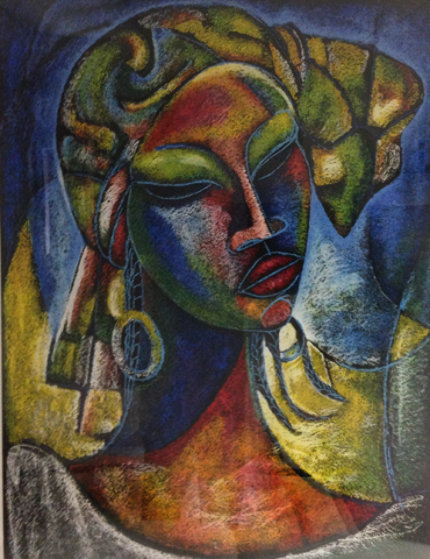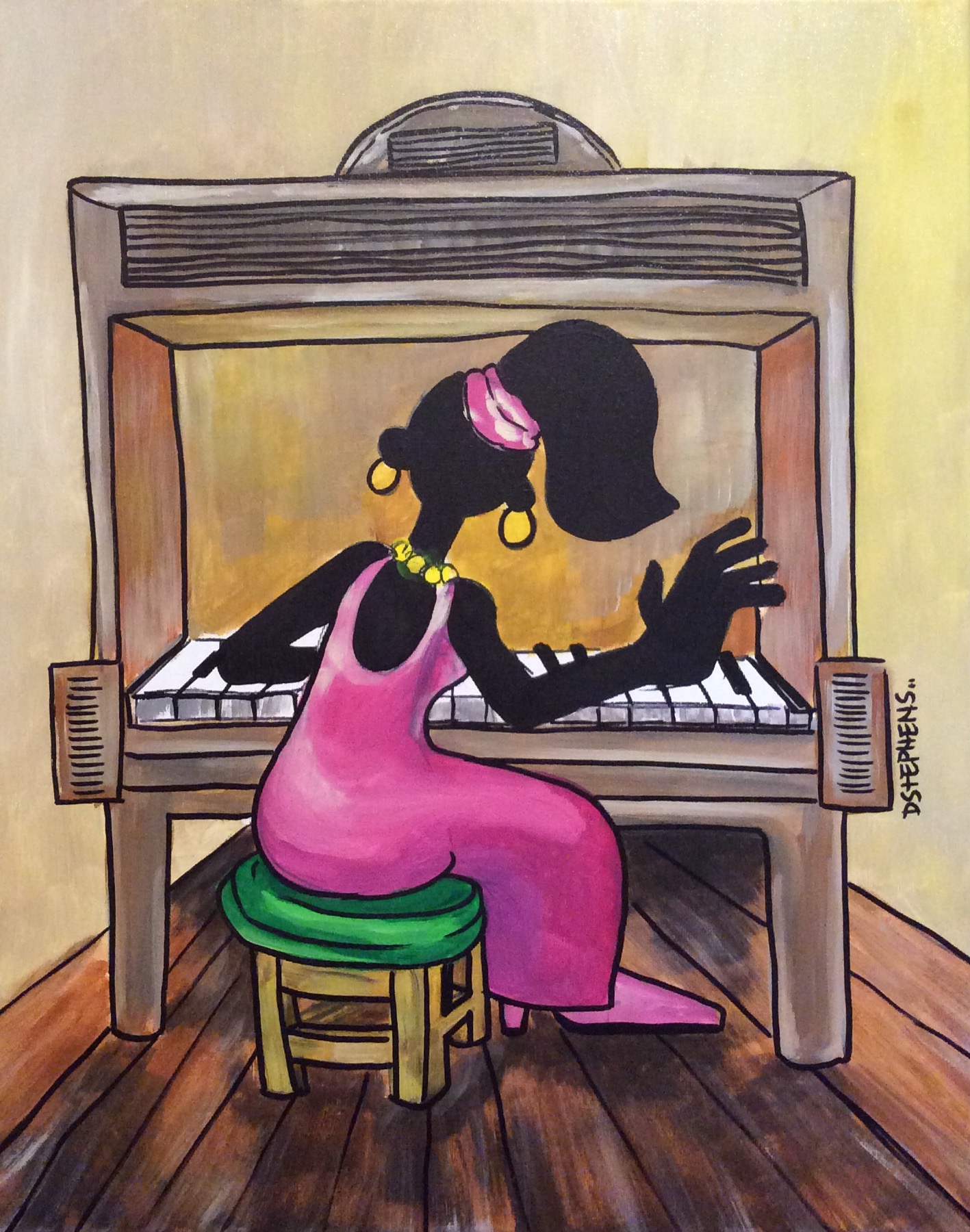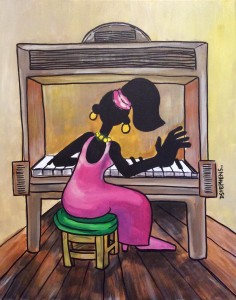
SOLD OUT
Turtle Dove
by Benny Andrews
Lithograph on Arches – 1980
Signed and Numbered in pencil
Edition 275
Size 30″ x 22″ Image / 35″ x 27″ Paper
Born: Madison, Georgia, 13 November 1930.
Education: Fort Valley State College, Ft. Valley, Georgia, 1948-50; School of the Chicago Art Institute, 1954-58, B.F.A. 1958; University of Chicago, 1955-56. Military Service: United States Air Force: staff sergeant. Family: Married 1) Mary Ellen Smith in 1959 (divorced 1976), two sons and one daughter; 2) Nene Humphrey in 1986.
Career: Since 1969 art instructor, professor, Queens College, New York. Director, Visual Arts Program, National Endowment for the Arts, Washington, D.C., 1982-84. Since 1987 member, board of directors, The MacDowell Colony, Artists Talk on Art, Provincetown Work Center, Creativedrama Society, Atlanta Bureau of Cultural Affairs Gallery. Awards: John Hay Whitney Fellowship, 1956-66; New York Council on the Arts fellowships, 1971-81; MacDowell Colony fellowships, 1972-73, 1975-78; National Endowment for the Arts Fellowship, 1974-81; O’Hara Museum Prize, Tokyo, 1976; Bellagio Study and Conference Center Fellowship, Rockefeller Foundation, Bellagio, Italy; President’s Research Award, Queen’s College, 1990. Address: 130 West 26th Street, New York, New York 10001, U.S.A.
Benny Andrews could be called a minimalist. His drawings, oils, and collages, created oven the past forty years, were all done in a similar manner, and Andrews has been quoted as saying that he was not interested in how much he could do on canvas but how little. At the beginning of his career, Andrews always wanted to express black experience through his art, but he found during his studies at the Chicago Art Institute that it was a difficult thing to do. Boris Mango and Jack Levine were the people at the Institute who inspired him to continue to make art in his own way.
Andrews began his own style of painting in the 1960s, when the collage movement started to flourish. He was using geometrical forms in his art, and abstract expressionism became a personal movement for him. Even though he has very little going on in his pieces, the message is as effective as if the composition were on a much larger scale. His drawing Mourners (Study for Appalachee Red) from 1977 shows only the outline of man and a woman with their backs to the viewers. Their stooped postures in front of a small casket make one feel the sadness and the agony of losing a loved one. The Preacher, also from 1977, is a simple drawing that reminds viewers of early- morning Sunday sermons. Andrews is a humanist and crusader, whose portraits depict his personal feelings about human life, suffering, desperation, and about hardworking African Americans and blacks all oven the world.
During the 1960s and 1970s Andrews was also busy organizing a crusade on behalf of the black artist. The Black Emergency Cultural Coalition became the mouthpiece for the black artist. His 1971 painting No More Games, located in the New York Museum of Modem Art collection, is about the plight of black artists. It is a collage of oil and cloth on canvas, a composition of a dejected male sitting on a box, waiting for something to happen. On the second panel is a body covered with an American flag-perhaps this per- son was lynched. Edmund B. Gaither characterized another Andrews painting entitled Trash as “false religion plus sexism plus militarism plus false democracy equals deception equals trash on waste.”
Andrews wanted to express himself differently from other artists in order to create his own unique individuality. His works are delicate, subtle, and intimate. Whatever the medium, they are always linear, narrative, and abstract. He draws from his past private life in Georgia and his social life in New York. The inclusion of rugged surfaces, found scraps of papers, cloth, and built-up sections gives the paintings a “surreal reality” in relation to the past and present of a person.
His collages are at times illusionary and representational. Christian imagery is prevalent in his work, and many of his collages and paintings have referred to the southern black life, where there was no interference with religion. A social realist, Andrews believes that art elevates people, glorifies people’s pasts, and builds self-pride.
Collections:
Memphis Brooks Museum of Art, Tennessee; Brooklyn Museum of Art, New York; Chrysler Museum ofAtt, Norfolk, Virginia; Columbus Art Museum, Columbus, Ohio; Detroit Institute of Art; Fine Art Museum, Mobile, Alabama; High Museum of Art, Atlanta, Georgia; Hirshhorn Museum, Washington, D.C.; Little Rock Art Center, Little Rock, Arkansas; Metropolitan Museum of Art, New York; Morris Museum of Art, Augusta, Georgia; Museum of Modem Art, New York; New Jersey State Museum, Trenton; Newark Museum of Art, New Jersey; Philadelphia Academy of Art; Studio Museum, New York; Ulneb Museum of Art, Wichita, Kansas; Wichita Museum of Art, Wichita, Kansas; Wadsworth Atheneum, Hartford, Connecticut.
Publications:
By ANDREWS: Articles-“One Understanding Black Art” in New York Times, 27 June 1970; ‘The B.E.C.C.,” in Arts Magazine, Summer 1970; “Prison Art after a Decade,” in American Artists, March 1977; “A Wonderful Potpourri of Styles,” in Art Journal, Summer 1980; “Soyers’ Work at the Form,” in Artworld, November 1985; “Benton’s America at the Equitable,” in Artworld, November 1985; “Is There a Black Esthetic?” in Art Papers, November/December 1985; “Decentralization: the Greening of America,” in Art Papers, March/April 1986; “The Mule Is about Keeping On,”American Visions, April 1988.
Back to Art for Sale
Like this:
Like Loading...

